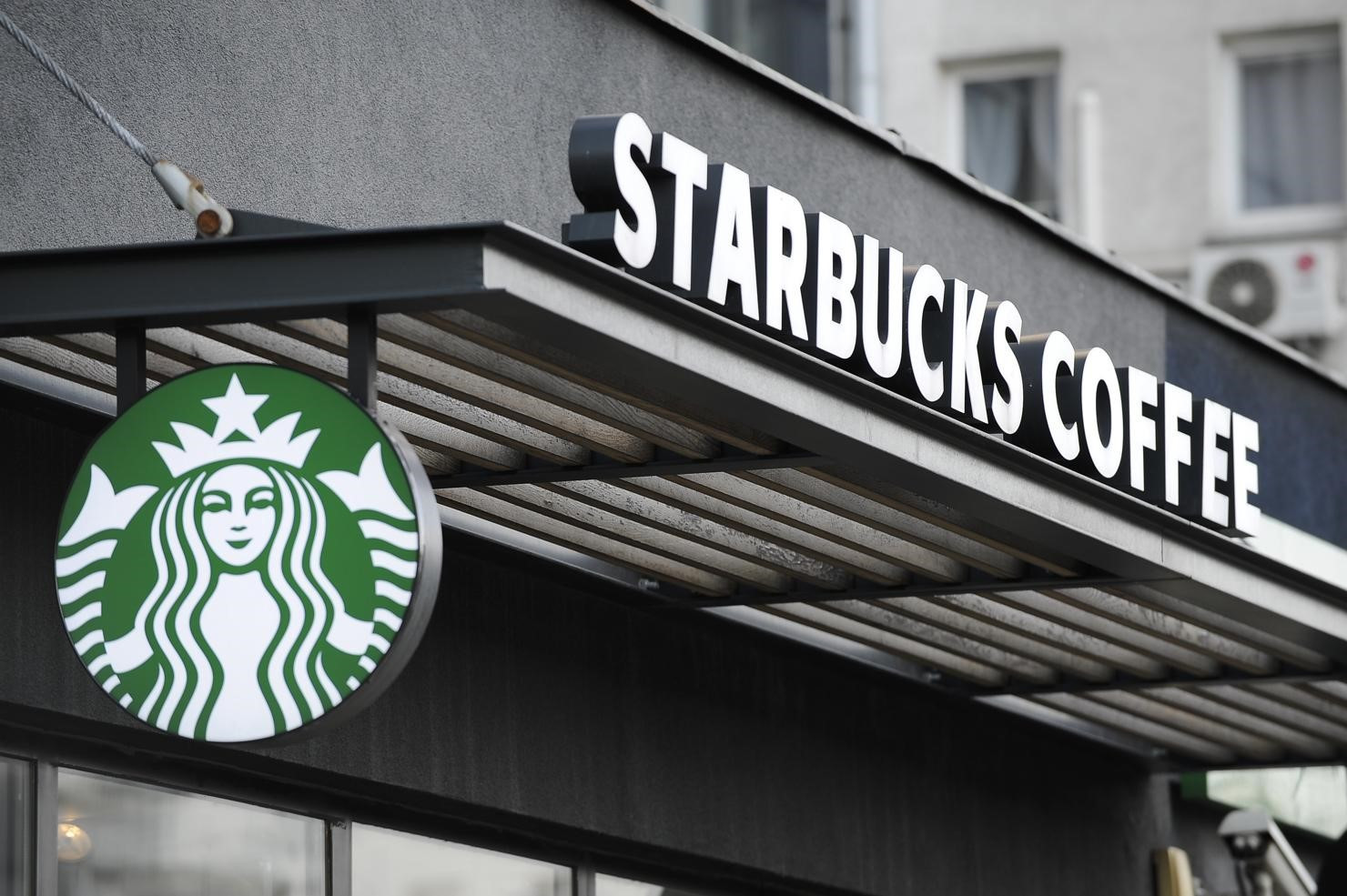On Tuesday, Starbucks released preliminary quarterly results, revealing that its sales have continued to decline as the coffee chain struggles to execute its turnaround plan. This is an alarming sign for Starbucks, one of the world’s largest coffee chains, as it faces significant challenges in regaining growth momentum.
Here's ads banner inside a post
In a statement, CEO Brian Niccol said, “Our fourth-quarter performance makes it clear that we need to fundamentally change our strategy so we can get back to growth, and that’s exactly what we are doing with our ‘Back to Starbucks’ plan.” He also promised to share more details on the specific steps Starbucks will take to revive its business during the company’s earnings call scheduled for October 30.
Niccol, who recently took over as CEO, has set his sights on turning things around by focusing on Starbucks’ largest market: the United States. This is the first step in the recovery effort after Starbucks saw declining demand for its drinks. He mentioned that Starbucks is making fundamental changes to its marketing strategy by focusing on all customers, not just loyalty program members.
A Comprehensive Strategy Overhaul
CEO Niccol also emphasized that Starbucks would simplify its menu, adjust its pricing, and ensure that all drinks are handed directly to customers. These changes address three main complaints from both customers and baristas in recent years. “We believe that our problems are very fixable and that we have significant strengths to build on,” Niccol said in a press release posted on the company’s website.
Here's ads banner inside a post
However, the preliminary report still showed that Starbucks’ net sales had decreased by 3%, down to $9.1 billion, and earnings per share (EPS) came in at 80 cents. Analysts surveyed by LSEG had expected Starbucks to report fourth-quarter earnings of $1.03 per share and revenue of $9.38 billion. This gap between expectations and actual results led to Starbucks shares falling more than 3% in extended trading after the announcement.
Sales Decline
This marks the third consecutive quarter that Starbucks has reported declining same-store sales. The 7% decline in same-store sales this quarter was the steepest drop the company has seen since the COVID-19 pandemic. Starbucks attributed the weak sales to reduced demand in North America, where U.S. same-store sales decreased by 6%, and customer traffic fell by 10%, despite increased investments such as more frequent promotions on its mobile app and an expanded product range.
In China, Starbucks’ second-largest market, same-store sales plunged by 14%, primarily due to intensified competition from local rivals like Luckin Coffee and shifts in consumer behavior. The company stated that the fierce competition is forcing it to reassess its strategy for the Chinese market.
Here's ads banner inside a post
Due to these challenges, Starbucks has temporarily suspended its financial outlook for fiscal year 2025, citing the recent CEO transition and the “current state of the business.” Despite the disappointing quarter, Starbucks decided to increase its dividend from 57 cents to 61 cents per share, demonstrating its long-term confidence in the company’s ability to recover.
A Significant Challenge for CEO Brian Niccol
The surprising announcement of Starbucks’ preliminary results comes nearly two months after Niccol officially took over as CEO. This leadership transition followed two quarters of declining sales, as well as growing stakes in the company by several activist investors.
In the U.S., Starbucks has been losing occasional customers, who are opting to save money rather than spend on the company’s pricier drinks like macchiatos and Refreshers. Meanwhile, in China, Starbucks has been struggling to recover since the pandemic, with cheaper local competitors and more cautious consumer behavior denting its sales in recent months.
Before joining Starbucks, Niccol served as CEO of Chipotle for six years, where he led the company through a turnaround after its food safety crises, invested in digital business, and turned Chipotle into an industry leader, even during the pandemic.
To tackle Starbucks’ sales slump, Niccol has prioritized addressing issues in the U.S. business. During his first week on the job, he released an open letter outlining four key areas for improvement: the barista experience, morning service, café operations, and company branding.
Additionally, Niccol has started reshuffling Starbucks’ executive team. Recently, Starbucks announced that Tressie Lieberman, a former Chipotle executive, will join as global chief brand officer, a newly created position. Last month, Starbucks also revealed that Michael Conway, CEO of the North American region, would retire after just five months in the role. Conway was appointed by Niccol’s predecessor Laxman Narasimhan, who was ousted in August.
Despite the challenges, Starbucks’ stock has risen by 1% this year as of Tuesday’s close, and the company now has a market cap of over $109 billion. This shows that investors still have faith in Brian Niccol’s recovery plan and Starbucks’ potential for transformation in the near future.
Conclusion
Starbucks is facing a major test to restore its position. With significant changes in strategy under the new CEO Brian Niccol, can Starbucks return to growth and regain the trust of consumers worldwide?

